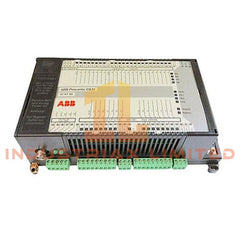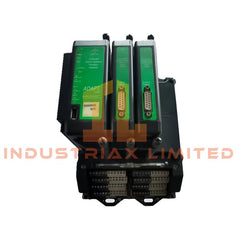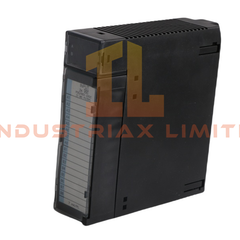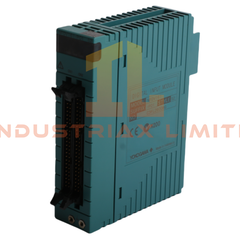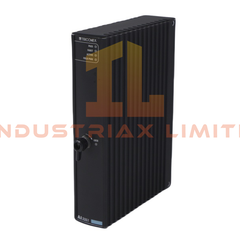Description
Product Overview
The GE IS200DSFCG1AEB is a high-performance IGBT Gate Driver/Shunt Feedback Board designed for Mark VI Innovation Series drives. It supports both 1000 Amp and 1800 Amp PWM source bridges and AC drive systems. This board integrates current sensing, fault detection, and dual gate drive circuits with galvanic and optical isolation.
Mounted directly to IGBT modules, the board minimizes signal path length between driver outputs and shunt inputs. It connects to the drive control via the IS200BPIB interface board and includes built-in amplification, signal isolation, and protection features.
Technical Specifications
| Specification |
Details |
| Manufacturer |
GE |
| Part Number |
IS200DSFCG1AEB |
| Ordering Code |
IS200DSFCG1A |
| Product Series |
Mark VI |
| Description |
IGBT Gate Driver/Shunt Feedback Board |
| Voltage |
24 Vdc |
| Dimensions |
18 cm × 18 cm × 3 cm |
| Weight |
0.5 kg |
| Drive Compatibility |
1000 A / 1800 A PWM source bridges |
| Isolation Type |
Galvanic and Optical |
| Mounting Method |
Direct to IGBT modules |
Key Features
-
Supports 1000 A and 1800 A drive configurations with modular design
-
Provides shunt feedback for current regulation and overload prevention
-
Includes built-in amplifier for signal conditioning and control processing
-
Offers electrical isolation to protect against noise and surges
-
Delivers high-level output signals for motor or PLC interface
-
Integrates overvoltage and short-circuit protection mechanisms
-
Mounts directly to IGBT modules for optimal signal integrity
-
Compact 18×18×3 cm size and lightweight 0.5 kg construction
Applications & Compatibility
The IS200DSFCG1AEB board is ideal for industrial drive systems requiring precise current feedback and robust gate control. It supports high-power applications with AC input of 600 YLL rms and integrates seamlessly with IS200BPIB interface boards.
Compatible with:
-
GE Mark VI PWM source bridges
-
1000 A and 1800 A drive systems
-
IS200BPIB Drive Bridge Personality Interface Board
-
Applications needing fault detection and signal isolation


